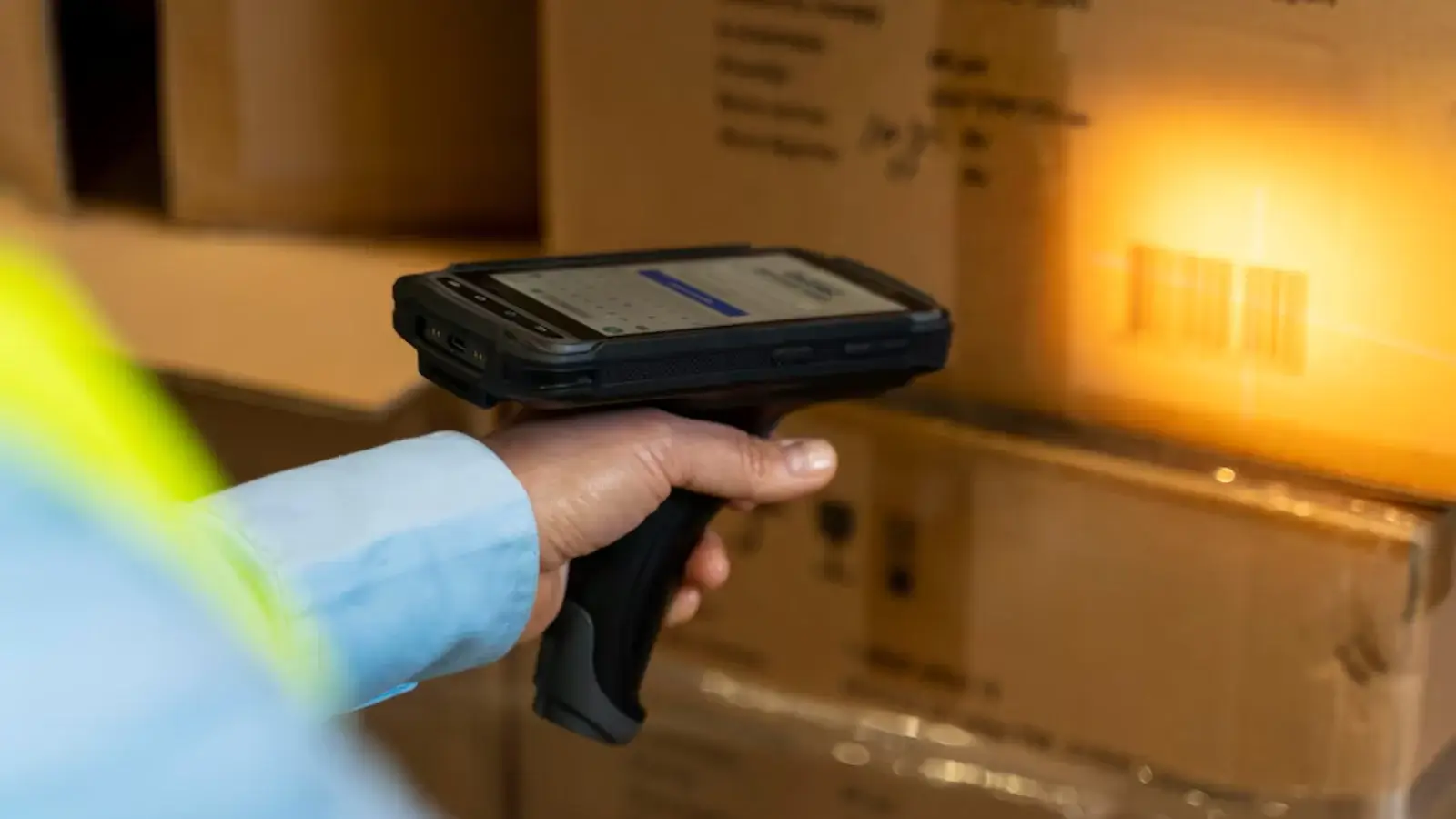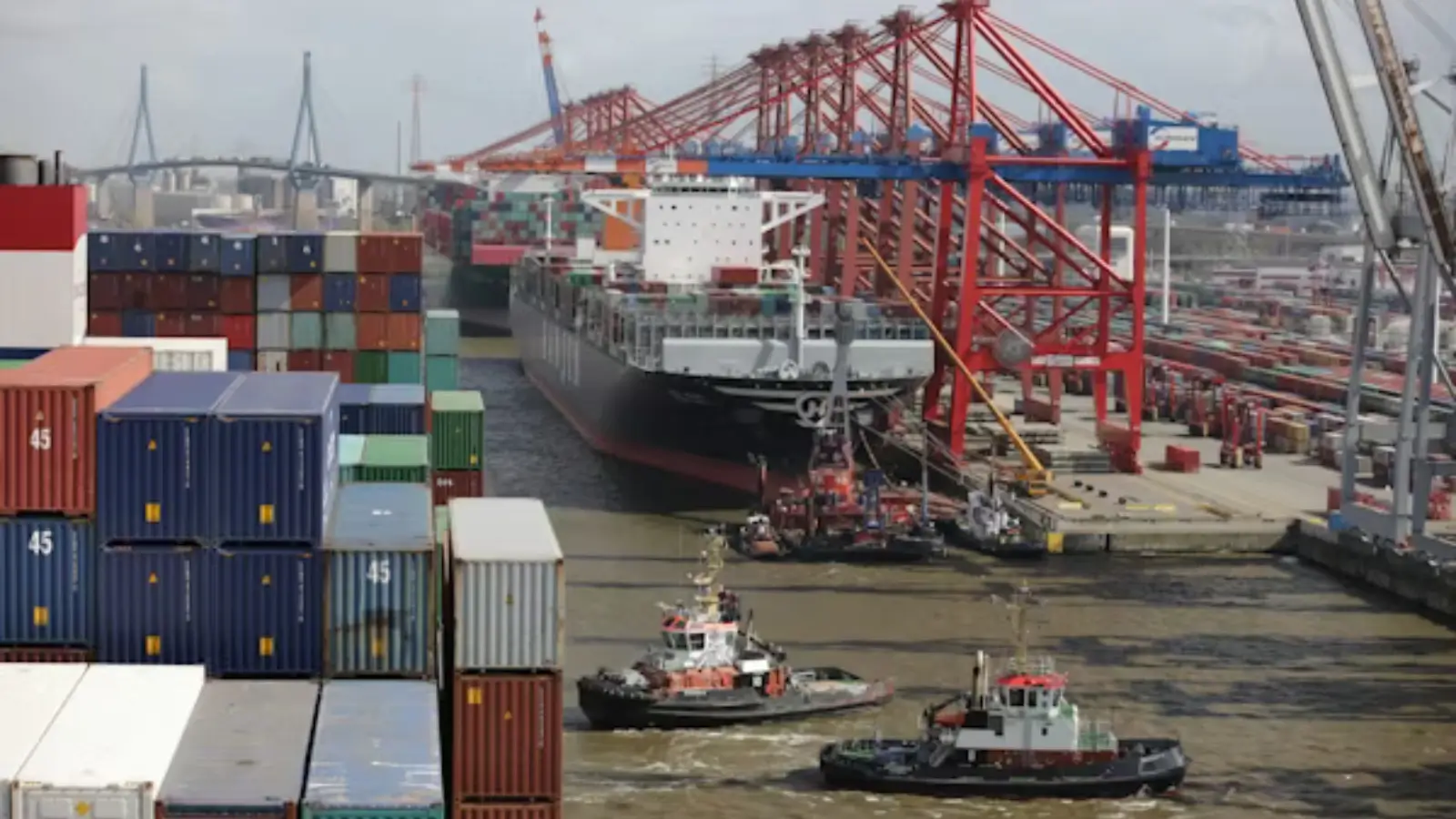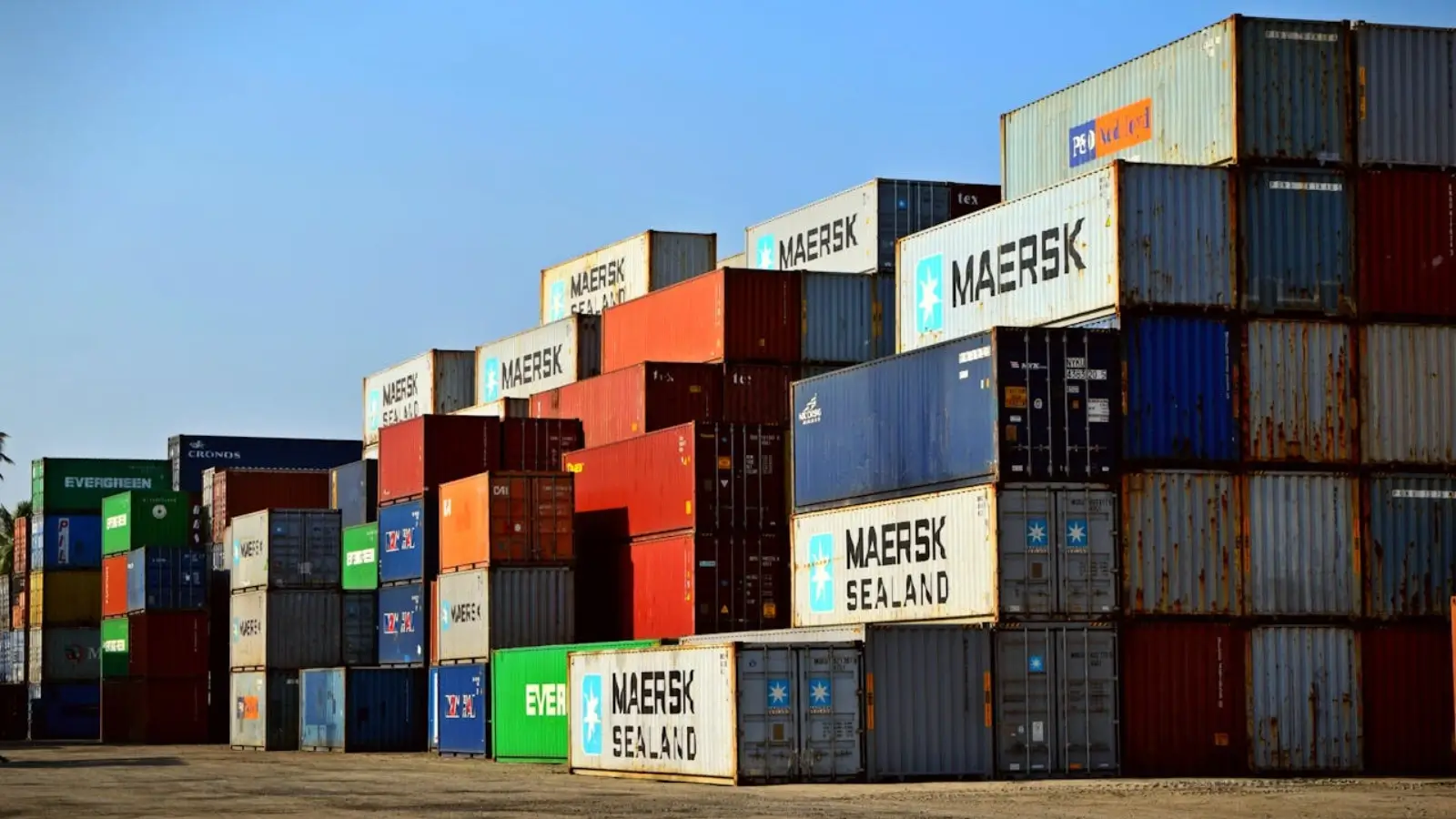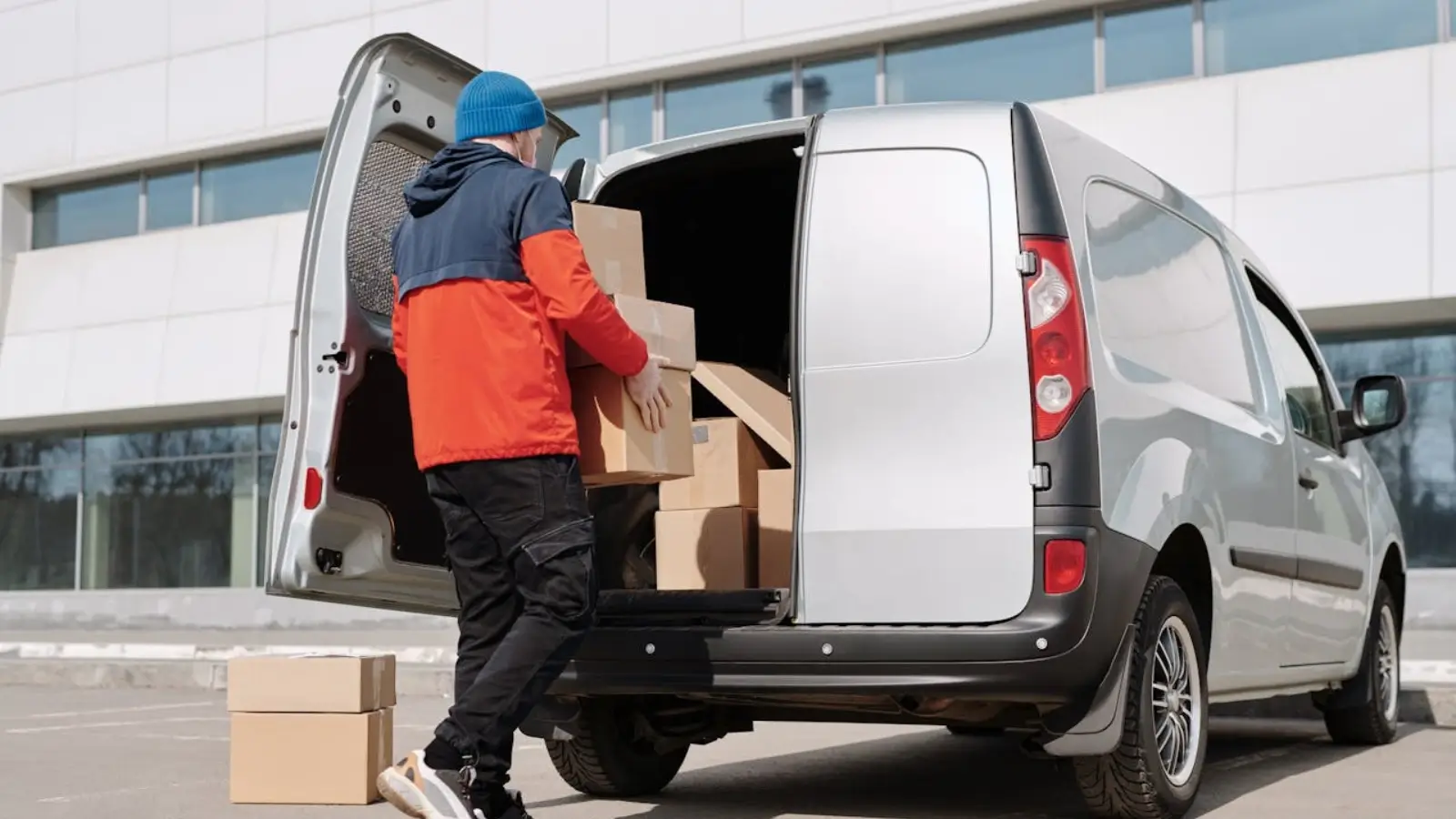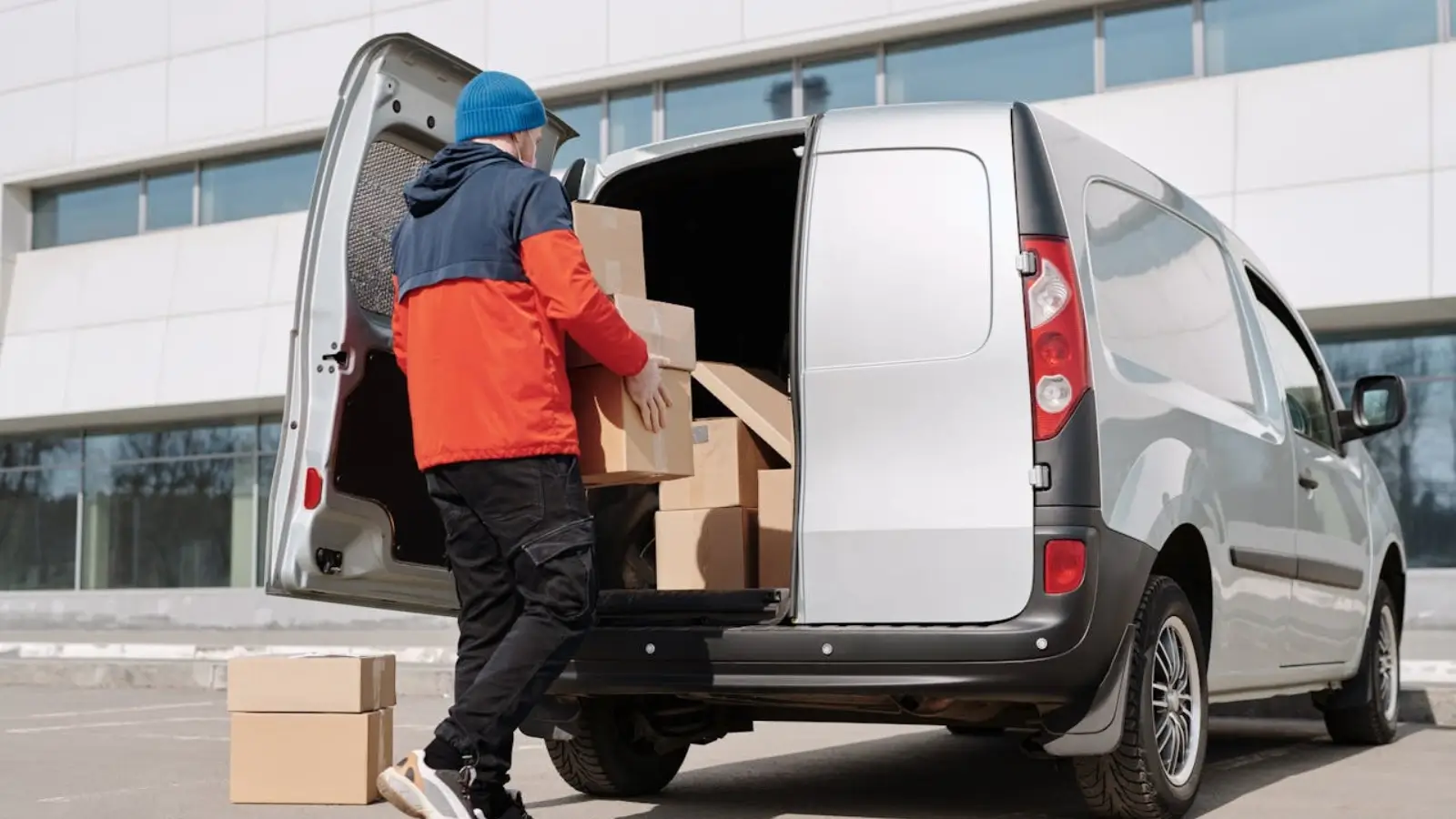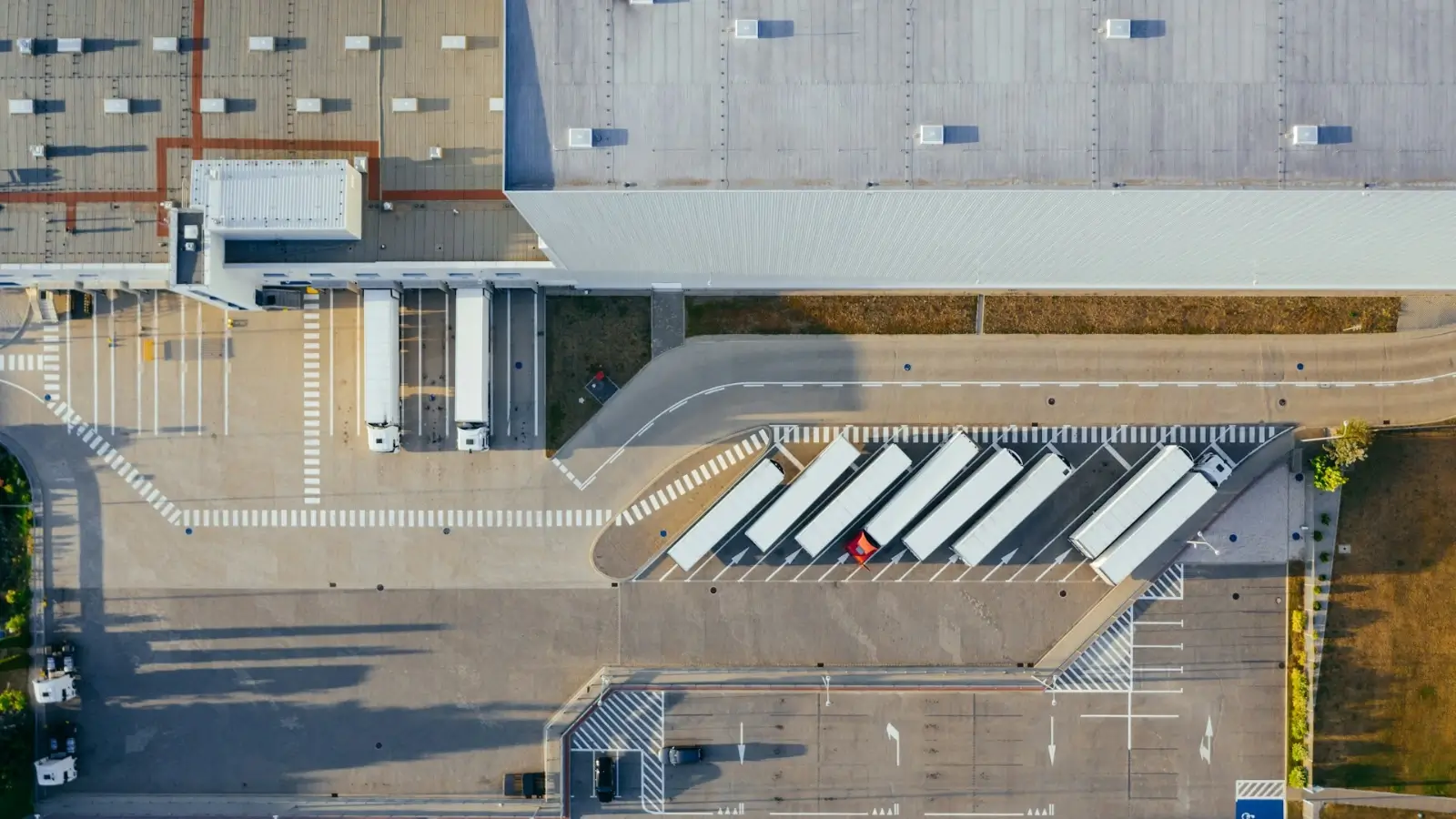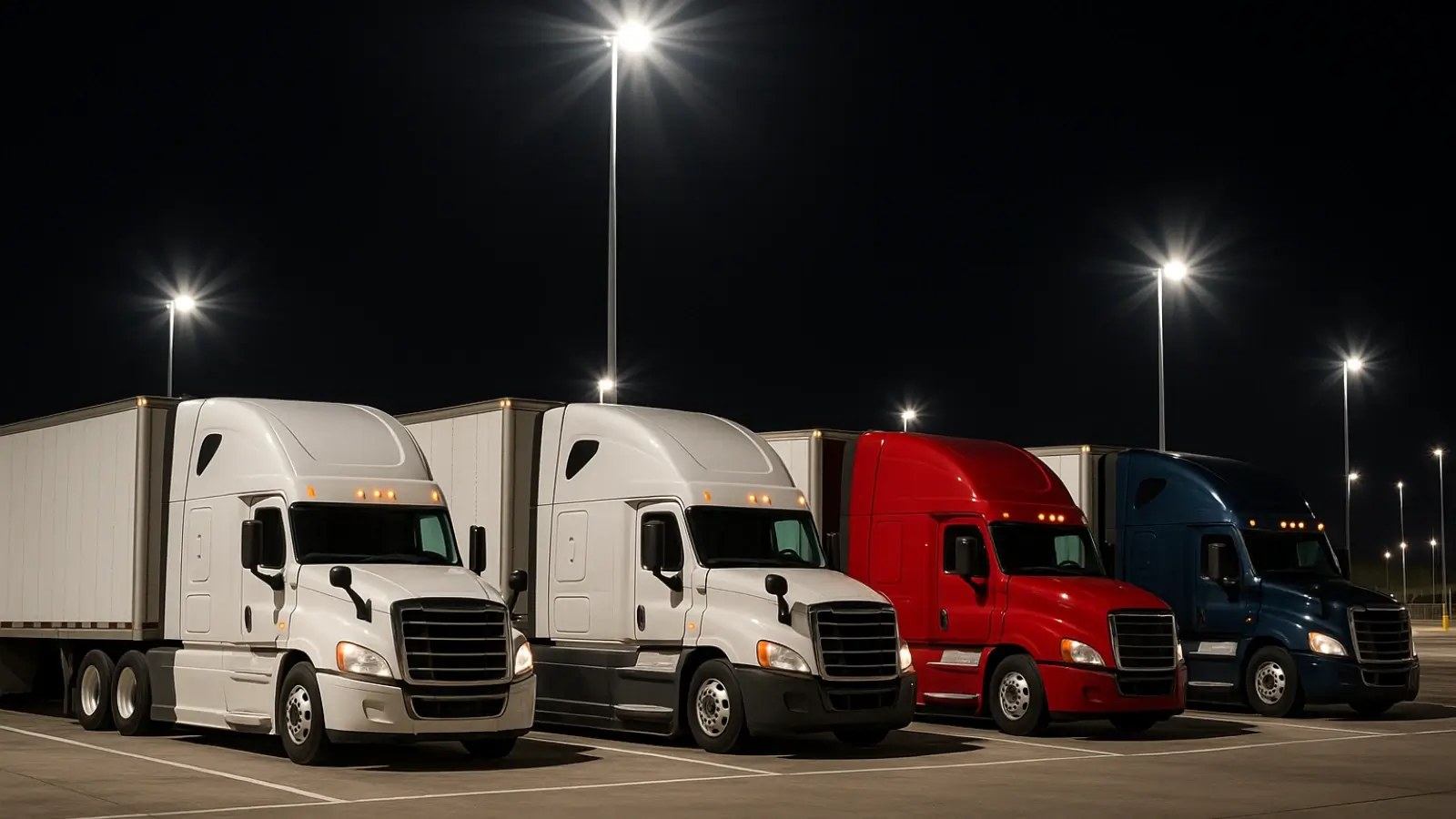In logistics, maintaining the cold chain is essential to preserving the quality and safety of perishable goods. Whether it’s fresh produce or pharmaceuticals, temperature-controlled logistics prevent spoilage and ensure product efficacy. From farm to table or lab to hospital, these goods rely on consistent temperature management.
A break in the cold chain—like spoiled seafood or compromised vaccines—can lead to costly losses and damage to your reputation. Implementing strong cold chain practices helps protect your products, cut waste, and build customer trust.
Cold chain safety depends on precise planning and real-time monitoring. Today’s technology makes it easier to track conditions, minimize risks, and strengthen supply chain reliability.
Understanding Cold Chain Safety
Cold chain safety plays a crucial role in preserving temperature-sensitive products like food and pharmaceuticals. Maintaining optimal conditions prevents spoilage, ensures quality, and safeguards consumer health.
What Is Cold Chain Safety?
Cold chain safety refers to maintaining the necessary temperature range throughout the supply chain of temperature-sensitive goods. Key elements include proper storage, transportation, and handling practices. You’ll often find cold chains used in industries such as food, pharmaceuticals, and biotechnology.
Temperature variations can compromise product quality or lead to severe public health risks. Cold chain safety ensures that these products remain within a specified temperature range, from production to final delivery. This process minimizes spoilage and waste, ensuring consumers receive safe and effective goods.
The Science Behind Temperature Sensitivity
Temperature sensitivity involves understanding how heat or cold affects various products. Many products require specific temperatures to retain their properties and effectiveness. Pharmaceuticals, vaccines, and certain foods are particularly temperature-sensitive. Temperature fluctuations can alter their efficacy or render them unsafe for consumption.
In molecular terms, changes in temperature can affect the structure of chemical compounds. When items get too warm or cold, their molecular integrity could degrade. This makes cold chain management essential in preserving product integrity. Monitoring and controlling temperature through every stage of the cold chain helps in preventing such breakdowns.
Why Cold Chain Breakdowns Happen
Cold chain breakdowns often occur due to equipment failure, poor handling, or mishandling during transport. Refrigeration units might malfunction, leading to temperature fluctuations. Such failures might go unnoticed without proper monitoring systems, risking product safety.
Human error is another factor, arising from inadequate training or negligence. Incorrect packaging, storage, or loading practices could lead to temperature excursions. Additionally, delays in transportation might further risk product integrity.
Addressing these factors with rigorous training, robust systems, and precise monitoring equipment reduces the likelihood of breakdowns.
Maintaining Temperature Integrity
Ensuring that products remain within their required temperature range during transportation is crucial. Maintaining temperature integrity involves careful monitoring, using effective packaging, leveraging technology, and adhering to strict handling protocols.
Best Practices for Temperature Monitoring
To maintain temperature integrity, it's essential to have robust temperature monitoring practices in place. Use calibrated sensors to provide accurate readings consistently. Many companies utilize data loggers capable of recording temperatures at regular intervals, allowing you to detect any deviations.
Consider the placement of these sensors strategically within shipments for optimal coverage. Incorporate alerts that notify you in real-time if the temperature moves beyond acceptable limits. Having reliable validation processes ensures that your equipment remains compliant, reducing the risk of compromising product quality.
Packaging Solutions and Insulation Methods
Effective packaging is a critical component of temperature control. Materials like insulated panels and thermal blankets help maintain stable temperatures. Consider using phase change materials (PCMs) in your packaging to help absorb or release heat as needed.
Evaluate the insulation properties of your materials regularly. Advanced materials such as vacuum-insulated panels can provide superior thermal protection, essential during extended transportation periods. Collaborate with packaging experts to design solutions that meet your specific temperature requirements.
Real-Time Tracking Technologies
Real-time tracking technologies offer significant advantages in ensuring temperature control. Through GPS-enabled tracking devices, you gain visibility into both the location and condition of your shipments. Cloud-based systems allow for easy data access anytime, anywhere, enhancing your ability to respond swiftly to any issues.
Another powerful technology is the use of RFID tags. These tags can store and communicate temperature data efficiently, offering a hands-free way to monitor shipment conditions. Embrace technologies that integrate seamlessly with your existing systems to streamline your processes while boosting reliability.
Handling and Transport Protocols
Defining strict handling and transport protocols is crucial for maintaining temperature stability. Train your staff thoroughly, ensuring they understand the importance of delicate handling practices and correct loading procedures. Stress the need for quick transfer times between storage and transport to minimize temperature exposure.
Partner with transportation providers, including specialized frozen courier services, who understand the unique requirements of temperature-sensitive goods. Clear communication with all parties involved is crucial for preventing temperature excursions. Conduct regular audits to ensure compliance, making improvements where necessary.
Regulatory Standards and Risk Management
In cold chain logistics, adhering to regulatory standards and effectively managing risks are critical. These components ensure the safety and quality of temperature-sensitive products.
By understanding international guidelines and implementing rigorous risk management practices, you can safeguard your cold chain operations against failures.
International Guidelines and Compliance
Various international guidelines are in place to regulate cold chain logistics. Organizations such as the World Health Organization (WHO) and the International Air Transport Association (IATA) provide comprehensive frameworks that you must follow.
The WHO's Good Distribution Practices (GDP) outlines the necessary steps for maintaining product integrity through proper storage and transportation. Similarly, IATA's Temperature Control Regulations focus on guidelines for air transport.
Compliance with these standards is vital for ensuring that temperature-sensitive goods remain safe and effective upon reaching their destination.
Risk Assessment for Cold Chain Failure
Conducting a thorough risk assessment helps identify potential vulnerabilities in your cold chain operations. You should focus on areas such as equipment reliability, temperature excursions, and transportation delays.
Start by listing all possible risks and evaluate their potential impact. Consider using tools like Failure Mode and Effects Analysis (FMEA) to prioritize these risks effectively. Risk assessment allows you to prepare adequate measures that minimize the likelihood of disruptions compromising product quality.
Corrective Actions and Incident Response
When things don’t go as planned, you need an effective corrective action plan. Quick incident response can prevent significant losses. Have a dedicated team ready to handle deviations from the expected temperature ranges.
Develop protocols for situations like equipment malfunctions or unexpected delays. Regularly train your staff so they are prepared to act swiftly and efficiently. By being proactive in response planning, you ensure that minor issues don’t escalate into major disruptions in your cold chain.
Future Trends in Temperature-Controlled Logistics
Temperature-controlled logistics are evolving rapidly with major developments in automation, sustainability, and climate adaptation. These bring opportunities and challenges for enhancing efficiency, reducing environmental impact, and maintaining integrity amid changing conditions.
Cold Chain Innovations and Automation
Automation is reshaping the cold chain. Robotics and AI streamline sorting and packing, reducing errors and labor costs. IoT devices offer real-time insights into temperature and humidity, enabling faster response to issues.
Automated vehicles and drones are enhancing delivery speed and flexibility. Blockchain boosts traceability, automates data recording, and reduces tampering risks, making logistics more reliable.
Sustainability Initiatives
Sustainability is becoming central to cold chain logistics. Companies are using eco-friendly packaging that insulates well and decomposes safely. Renewable energy sources like solar and wind are increasingly used to power refrigeration.
Optimized delivery routes and electric vehicles reduce fuel use and emissions. Waste reduction strategies help minimize spoilage, lowering environmental impact further.
Adapting to Climate Change
Climate change poses new challenges for cold chains. Shifting weather patterns increase disruption risks, but better forecasting and data analytics help optimize routes and storage conditions.
New insulation materials and cooling tech improve performance in extreme weather. Stronger infrastructure and industry collaboration ensure more resilient, adaptive systems that can keep operations steady through climate uncertainty.
Conclusion
Ensuring cold chain safety is more than a logistical requirement—it’s a commitment to quality, safety, and trust. From proper handling and real-time monitoring to innovative packaging and compliance with global standards, every step matters.
As technology evolves and environmental challenges grow, adapting your cold chain strategies is essential. By prioritizing precision, sustainability, and resilience, you not only protect your products but also strengthen your supply chain for the future.

